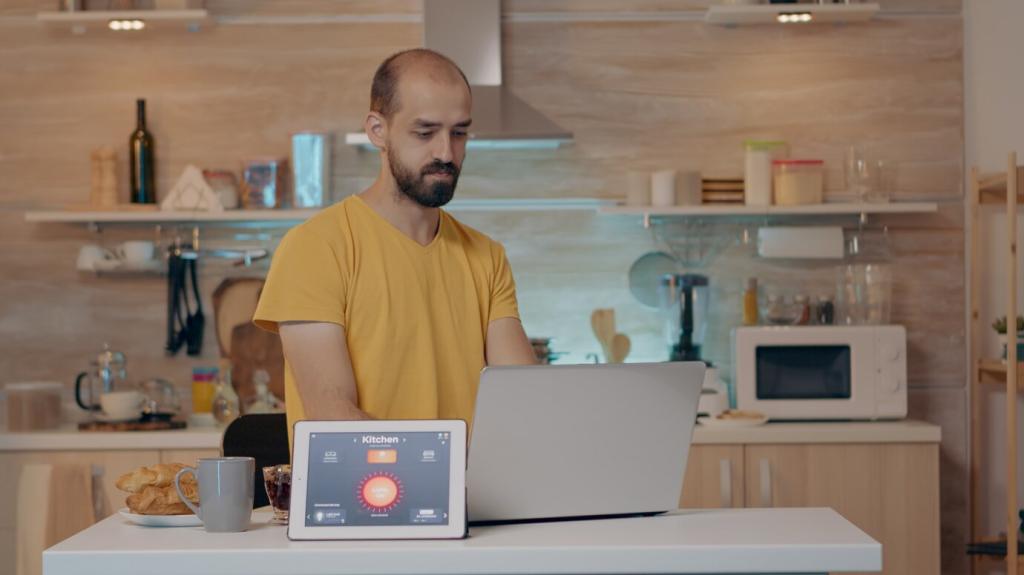Applications That Reveal Its Role Across Industries
Quantum simulation targets electronic structures that strain classical methods. VQE and related approaches explore catalysts, batteries, and pharmaceuticals. The role is not instant cures, but credible shortcuts to candidate screening, narrowing costly lab work. Each iteration brings better ansätze, error strategies, and validation practices.
Applications That Reveal Its Role Across Industries
Portfolio risk, vehicle routing, and scheduling thrive on structure. Algorithms like QAOA encode problems as Hamiltonians, searching for lower-energy solutions. The role is collaborative: quantum circuits propose promising regions, while classical solvers refine. Early pilots show improved heuristics and insight rather than wholesale replacements.
Applications That Reveal Its Role Across Industries
Quantum kernels and variational classifiers explore high-dimensional feature spaces; quantum sensors measure fields with exquisite precision. Here the role splits: compute tackles structure-heavy data, while sensing extends measurement resolution. Both domains lean on noise-aware methods, fair benchmarks, and strong baselines to prove real value.







